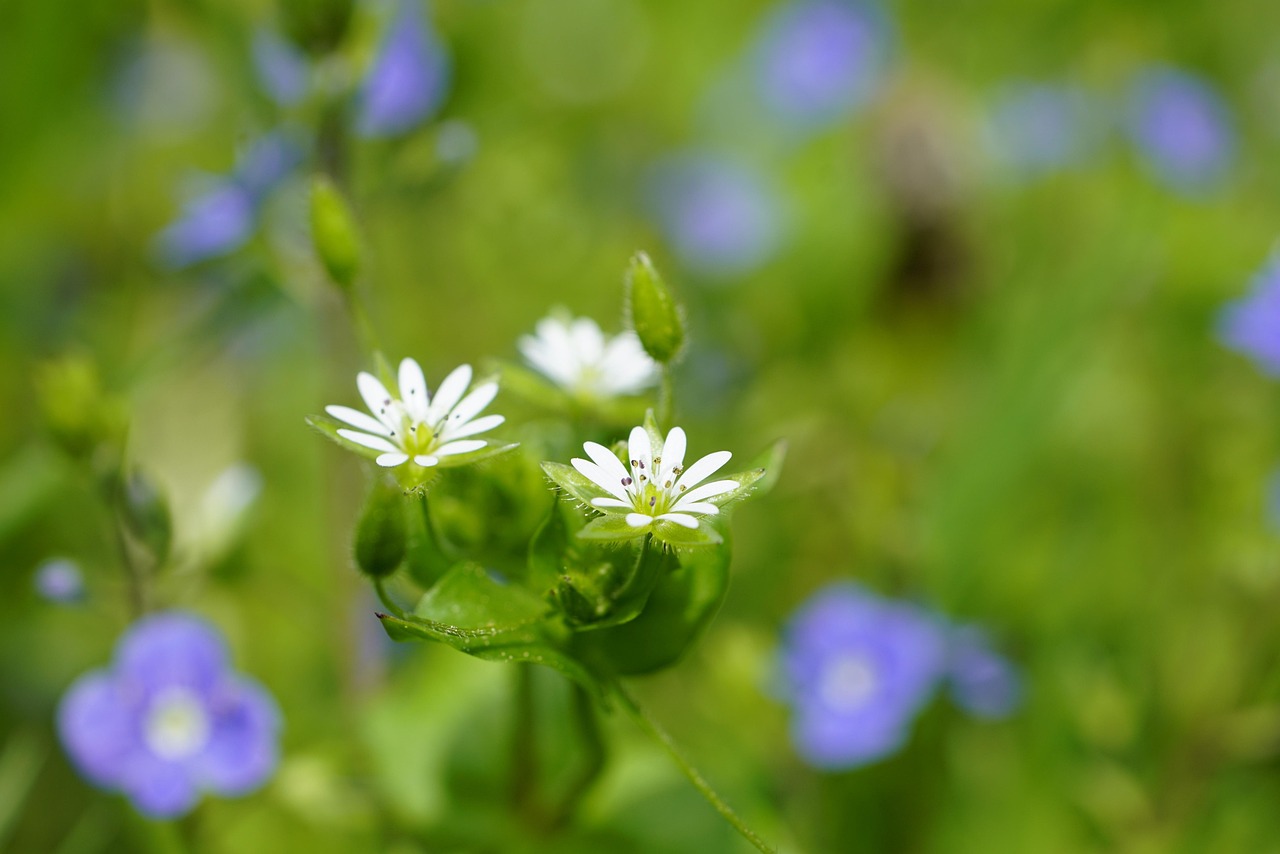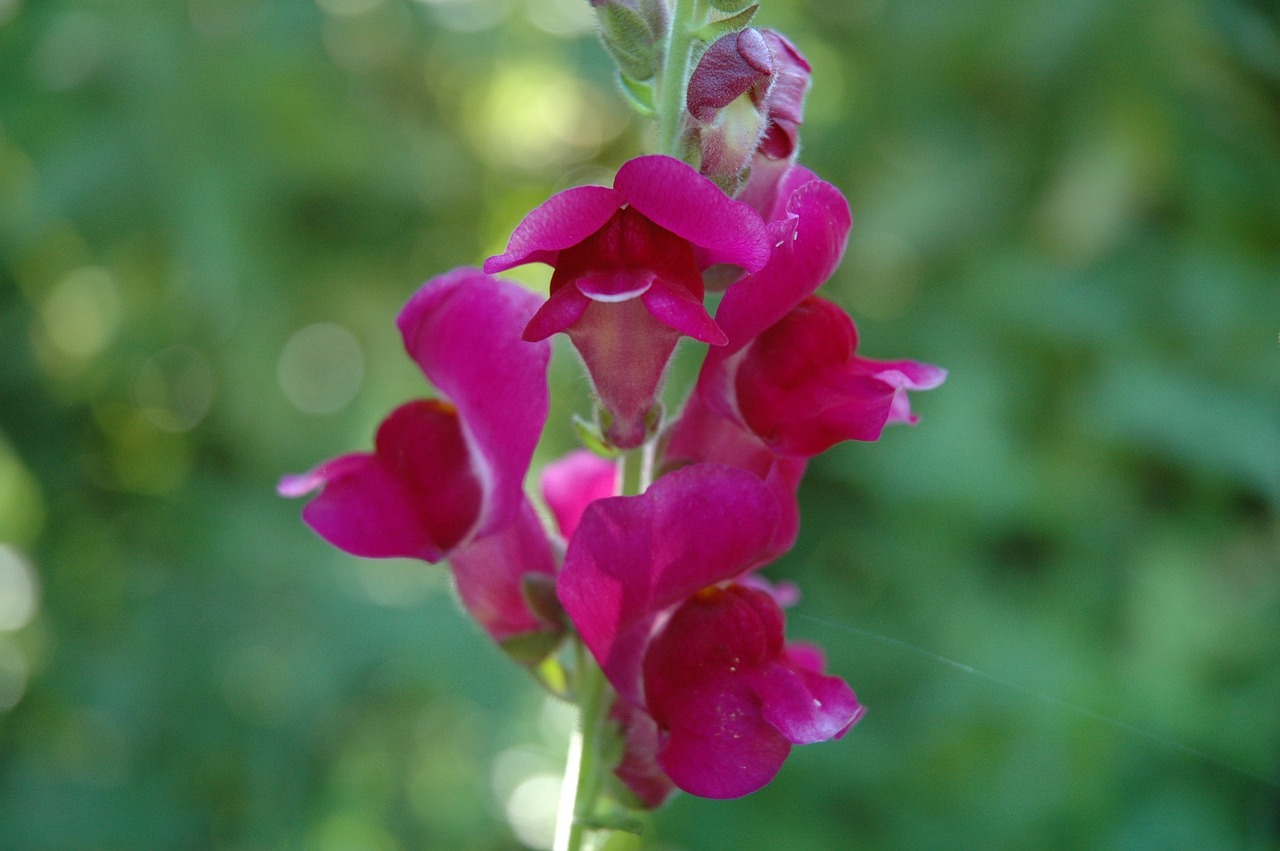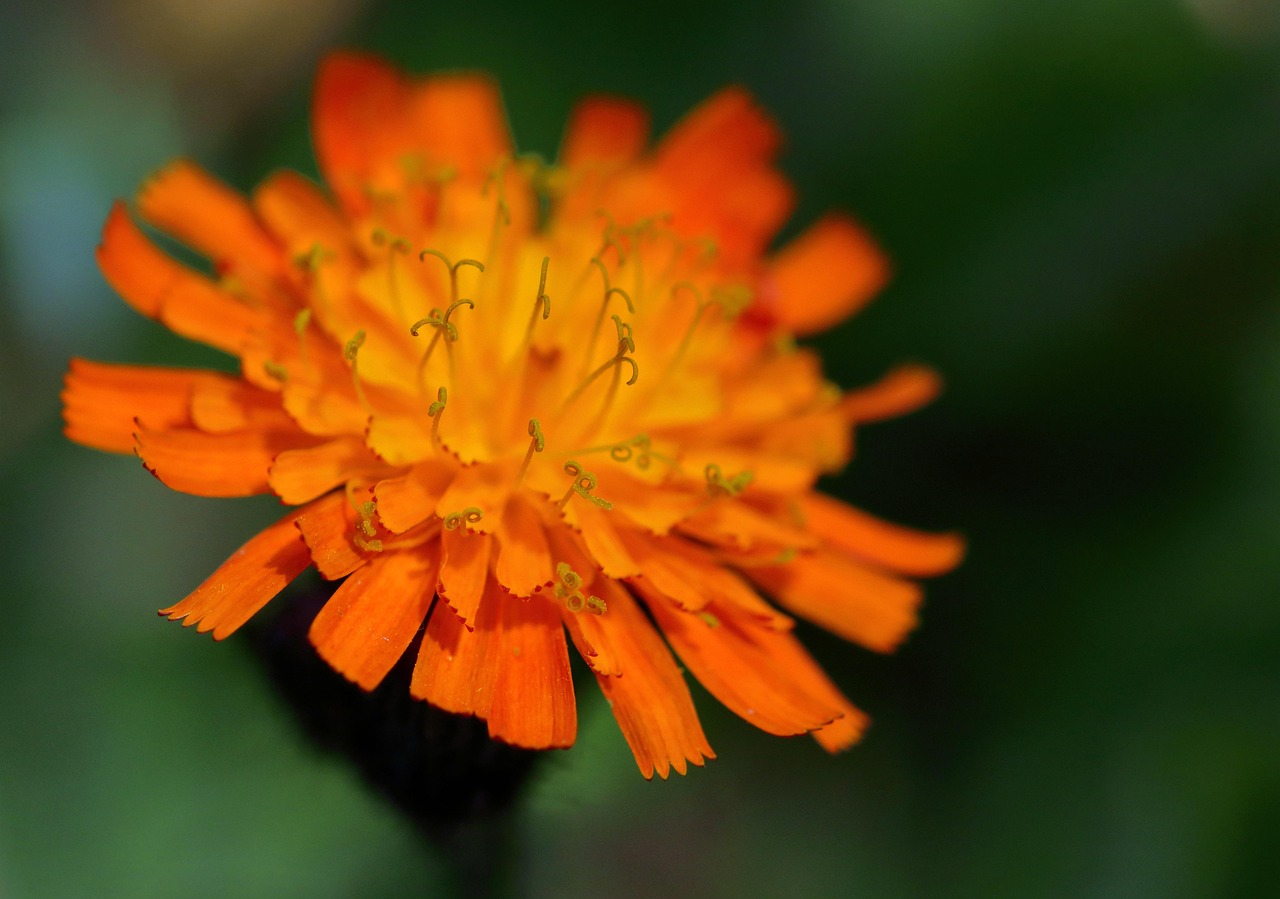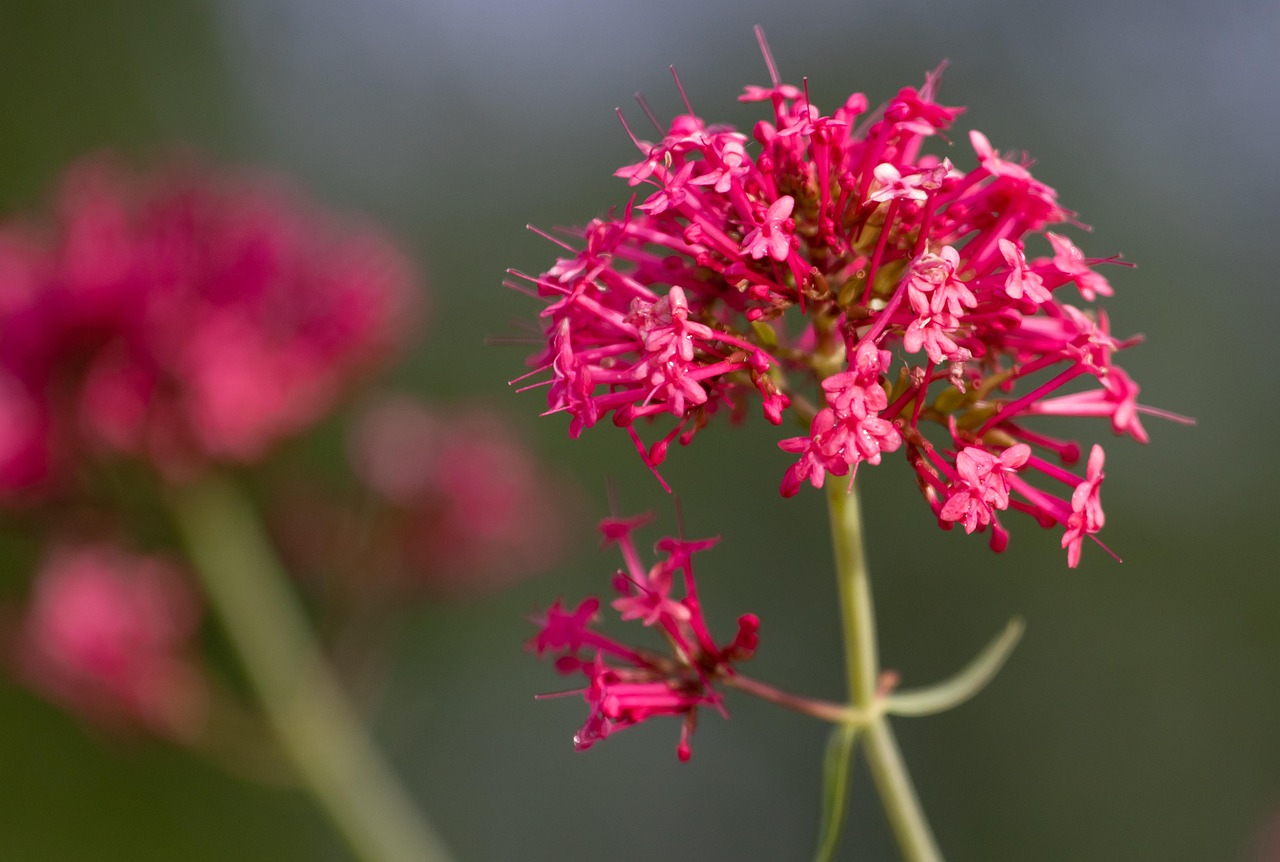Ibuki Thyme | A Gift from the Sacred Mountains of Japan
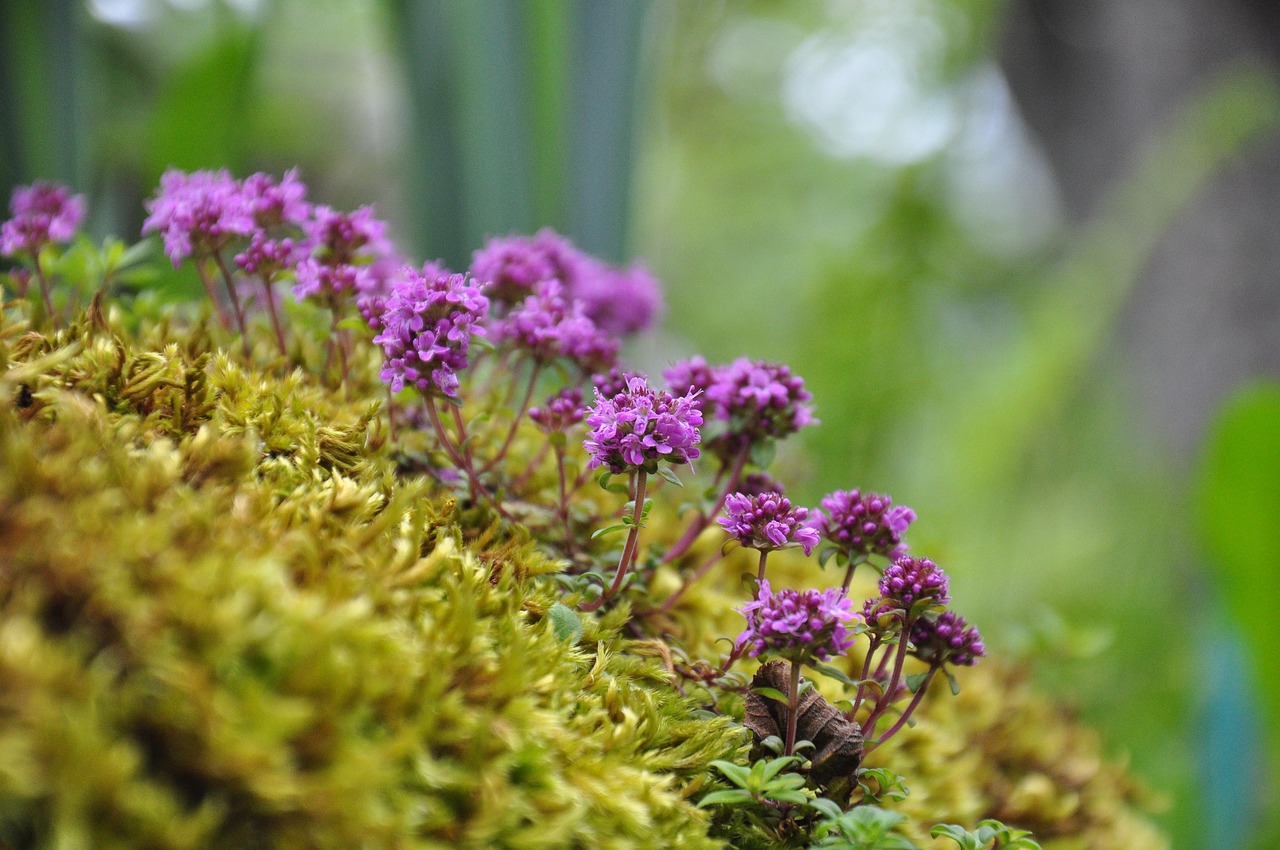
Ibuki Thyme (Thymus quinquecostatus) is a perennial subshrub that spreads across the ground, characterized by its charming flowers and distinctive fragrance.
It is popular as a plant for rock gardens and ground cover. Thanks to its resilience and ease of cultivation, it is cherished by gardeners of all levels.
In this article, I will provide detailed information on the basic features, cultural and historical background, and key cultivation tips for Ibuki Thyme.
Basic Information
- Scientific name: Thymus quinquecostatus
- Family: Lamiaceae (Mint family)
- Origin: Japan, Korean Peninsula, Northern China
- Appearance: A subshrub about 5–10 cm tall, with stems that grow horizontally along the ground. From June to August, it produces clusters of small light purple or pink flowers, adding vibrant color to landscapes. The leaves are small and emit a musky fragrance when touched.
- Blooming period: June to August
Cultural Characteristics Around the World
In Japan, Ibuki Thyme grows naturally in mountainous regions and has long been used as ground cover in gardens and temple precincts.
In the Kinki region, it is closely associated with garden culture and valued as a decorative plant that fills spaces between rocks.
The name “Ibuki” comes from Mount Ibuki in Shiga Prefecture, where the plant has been regarded as a local symbol.
In the West, the related species Thymus vulgaris (common thyme) was used in gardens and rituals as early as ancient Greece and Rome. However, creeping varieties such as Ibuki Thyme became especially popular in English cottage gardens.
Historical Episodes
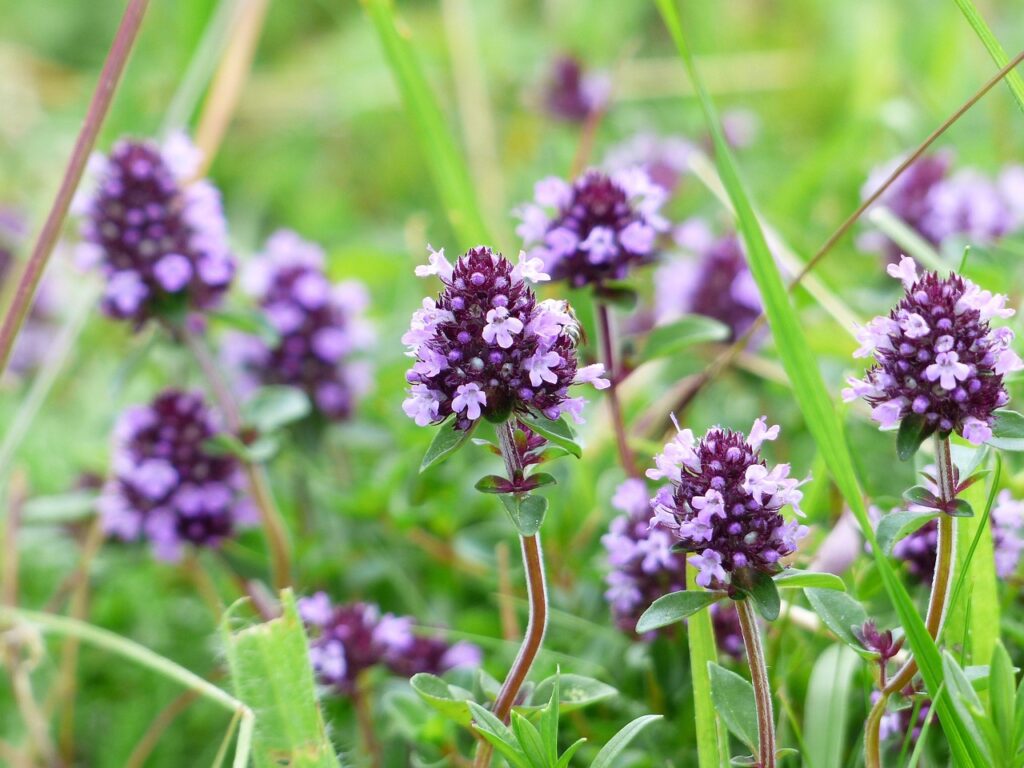
Ibuki Thyme has been recorded as a native plant of Japan’s mountainous regions. As early as the Heian period, its beauty was celebrated in poetry and literature.
On Mount Ibuki in Shiga Prefecture, long revered as a sacred mountain, Ibuki Thyme was once treated as a holy plant.
In the West, the spread of creeping thyme varieties began in the 18th century, when they were improved as low-growing ornamental plants.
Later, under the influence of Western horticultural culture, Ibuki Thyme also gained popularity in Japan as an ornamental species.
Gardening Advice
Ibuki Thyme is easy to grow and recommended for beginners. Here are some key points:
Sunlight
Prefers full sun. It can tolerate partial shade, but insufficient sunlight may reduce flowering.
Watering
Drought-tolerant. Water sparingly—thoroughly only when the soil is completely dry.
Soil
Thrives in well-drained soil. Rock gardens or gravelly soil are ideal. For pots, cactus or succulent soil mixes can also be used.
Fertilizer
Rarely necessary. A small amount of slow-release fertilizer in spring is sufficient.
Pruning
Trim after flowering to maintain shape and encourage growth for the following year.
Cold protection
Hardy in cold climates. In severe cold waves, mulching around the base is recommended.
Conclusion
Ibuki Thyme is an attractive perennial, known for its summer blossoms and musky fragrance.
Native to Japan’s mountains, it has long been cherished as a decorative plant in gardens and rock gardens.
When grown in sunny conditions with proper care, it thrives as a hardy and beautiful presence that can be enjoyed for many years.


